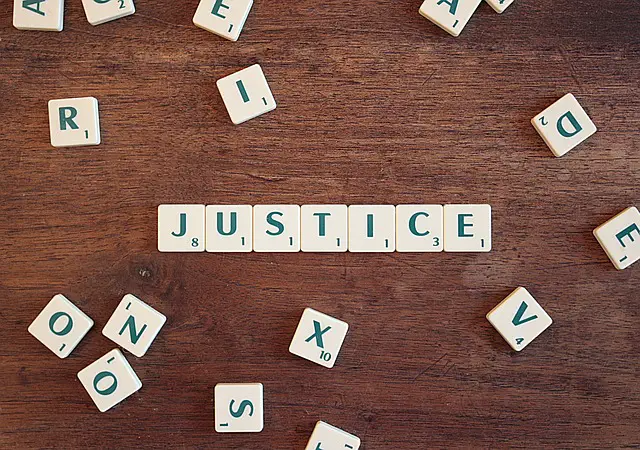In the realm of government contracting, disputes and disagreements are inevitable. When a company believes that it has been treated unfairly or that a government procurement process has been flawed, filing a Protest can be a crucial step in seeking justice. Understanding the procedures involved in filing a protest with the government is essential for any business engaging in government contracts.
The Groundwork: Know Your Rights and Deadlines
Before delving into the complex procedure of submitting a protest, it is crucial to comprehend your entitlements and the pertinent time limits. Protests play a crucial role in maintaining accountability by ensuring that government procurement follows established norms and processes. Gaining a comprehensive understanding of the intricacies of protests is crucial for enterprises as they navigate the complex realm of government contracting. This knowledge enables them to exercise their rights and actively contribute to upholding the integrity of the procurement process.
Definition: A protest, in the context of government procurement, refers to a formal objection or challenge raised by a bidder or contractor against perceived unfairness, improprieties, or irregularities in the procurement process. It is a mechanism through which businesses can seek resolution and rectification when they believe they have been treated unjustly or when there are concerns about the integrity of the procurement procedures.
The AcqNotes Protest Webpage serves as a comprehensive resource, providing valuable insights into the protest procedures. Be sure to acquaint yourself with the regulations and guidelines that govern the specific procurement process you are involved in.
Protest Deadlines are a Key Element
Protest deadlines are stringent, and missing them could result in a lost opportunity for justice. Typically, protests need to be submitted promptly after the occurrence of the alleged unfair treatment or procedural error. Thus, staying informed and organized is paramount.
Step 1: Identify the Basis for Your Protest
A successful protest starts with a clear identification of the grounds upon which you are challenging the government’s actions. The AcqNotes Protest Page outlines various bases for protests, such as:
- Solicitation Improprieties: If you believe that the terms of the solicitation are unfair or disadvantageous, you may file a protest based on solicitation improprieties.
- Evaluation Errors: Protests can also be grounded in errors made during the evaluation of proposals. This may include issues such as bias or an improper assessment of the bidder’s capabilities.
- Contract Award Challenges: If you suspect that the contract was awarded improperly or that the selection process was flawed, you may file a protest to challenge the decision.
Step 2: Choose the Right Forum
Selecting the appropriate forum for your protest is a critical decision. The available options are the Government Accountability Office (GAO), the Court of Federal Claims, and agency-level protests. Each forum has its procedures and advantages, so careful consideration is necessary.
Step 3: Prepare a Comprehensive Protest
Crafting a compelling and thorough protest is key to presenting a strong case. The AcqNotes Protest Page offers guidance on the essential elements that should be included in your protest, such as a detailed statement of facts, a legal argument, and a request for specific relief.
Step 4: Submit the Protest
Once your protest is meticulously prepared, it must be submitted within the designated timeframe. The AcqNotes Protest Page guide emphasizes the importance of adhering to the specific submission requirements of the chosen forum. Timely and accurate submission is crucial to the viability of your protest.
Step 5: Follow Through and Engage
After filing a protest, the process is far from over. Engaging with the chosen forum, providing additional information if requested, and participating in any hearings or discussions are essential steps. The AcqNotes Protest Page sheds light on the ongoing responsibilities and the dynamics of the protest process.
Conclusion
In conclusion, the procedures for filing a protest with the government are intricate and demanding. By understanding your rights, meeting deadlines, and following the prescribed steps, you can empower your business to seek justice and ensure fairness in government procurement processes.
AcqTips:
- The information provided in this section should only be used as a guide. FAR Part 33 should be used as the guiding instruction on Protest.
AcqLinks and References:
- FAR Part 33 – Protest, Disputes, and Appeals
- Understanding and Mitigating Protests of DoD Contracts
- Website: FAR Subpart 33.1 – Protests
Date: 12/28/2023

